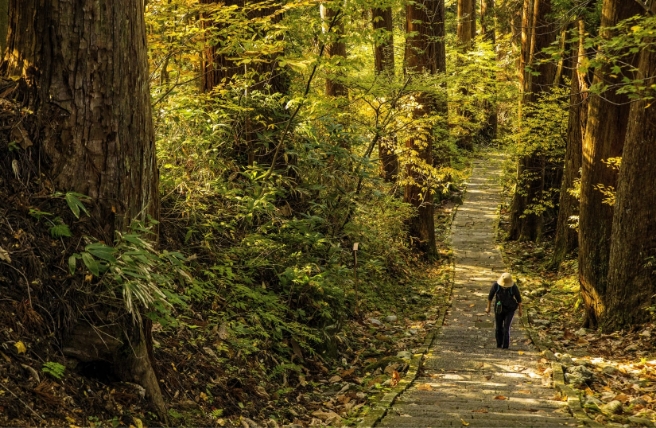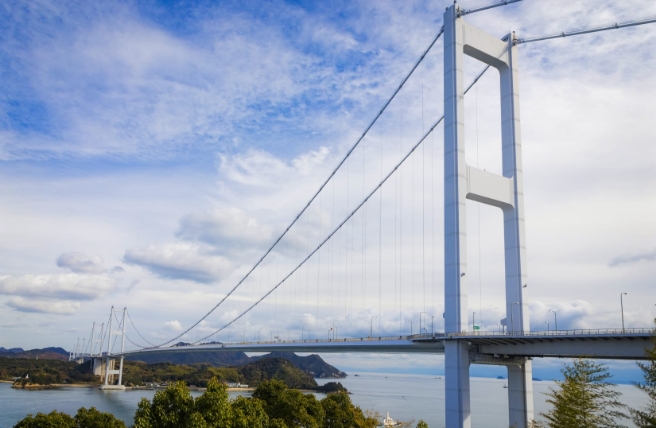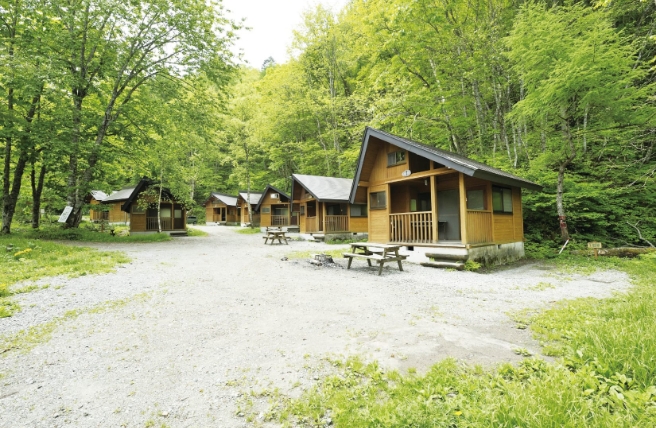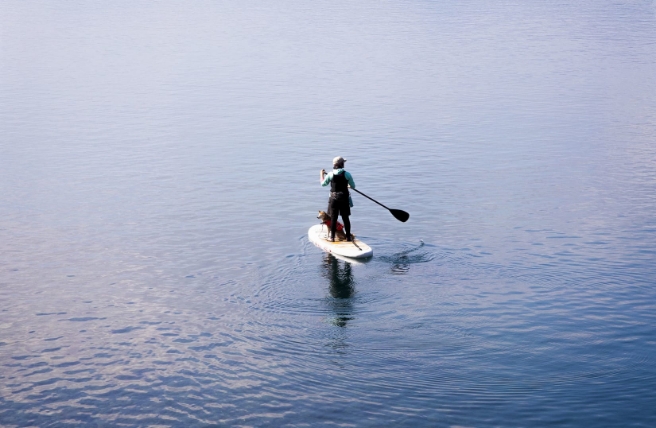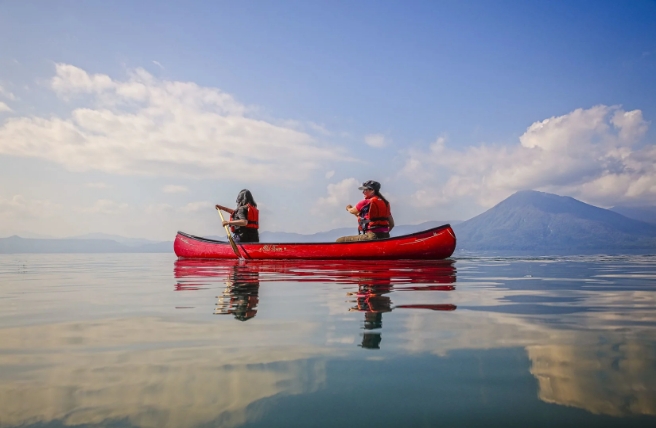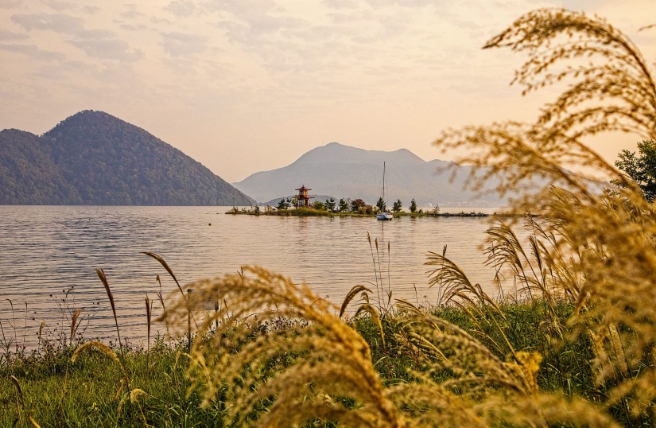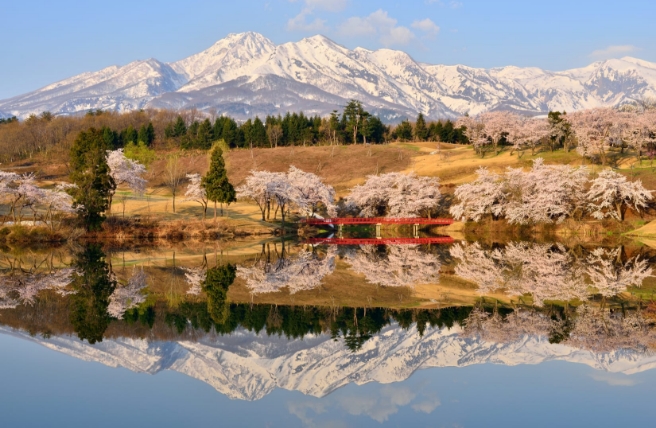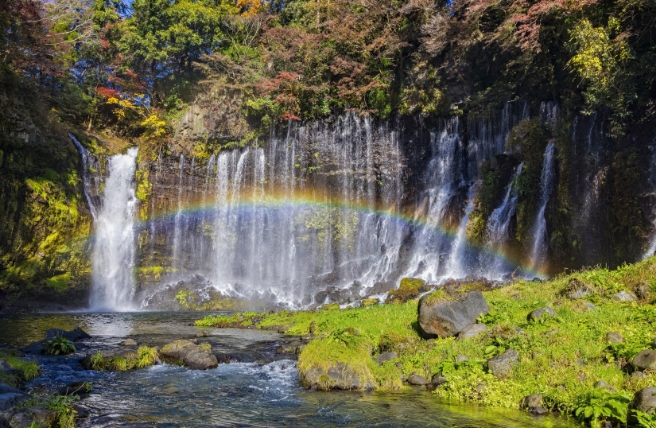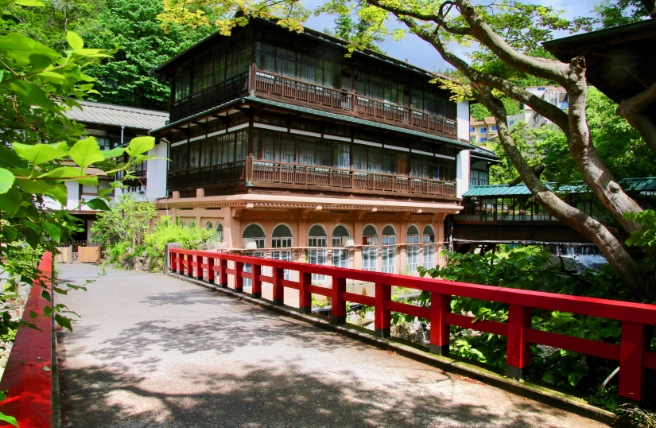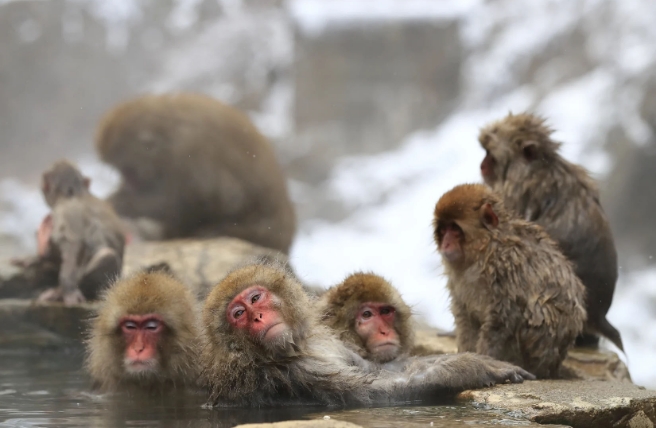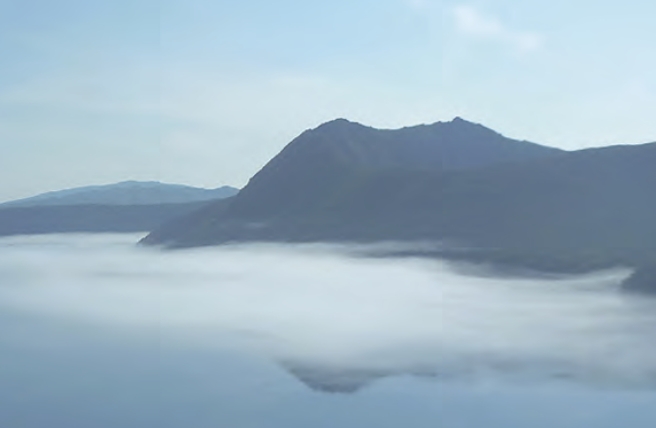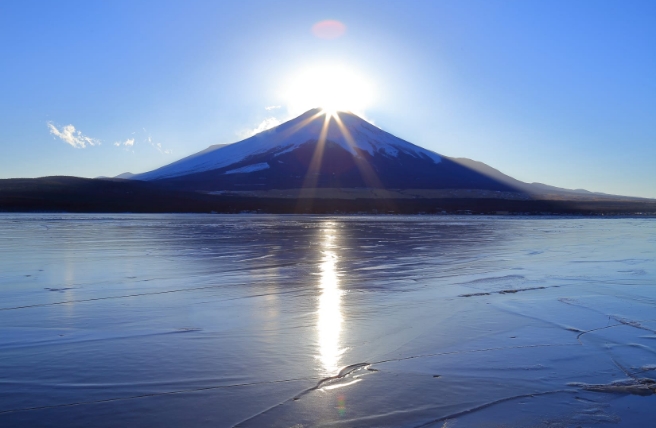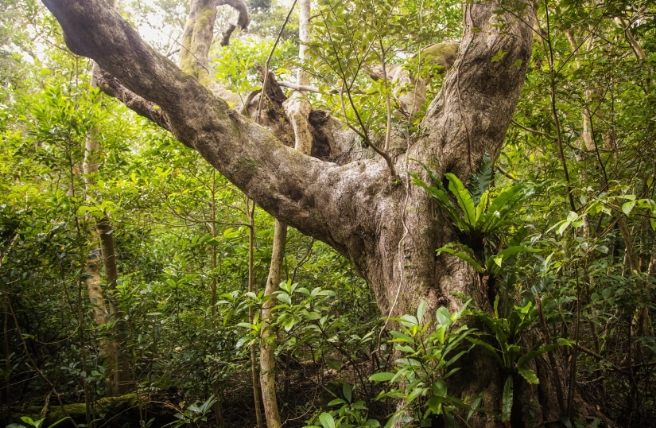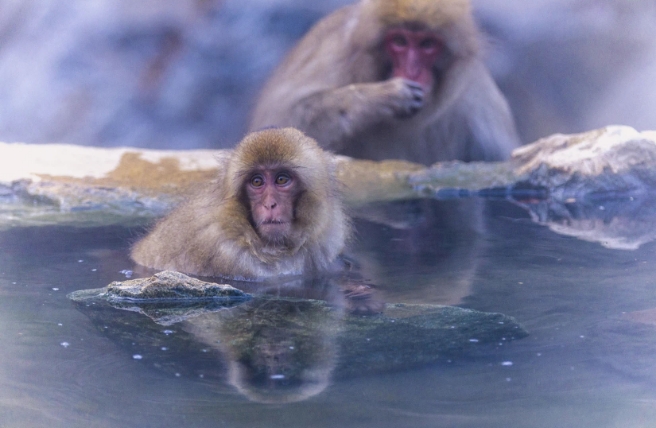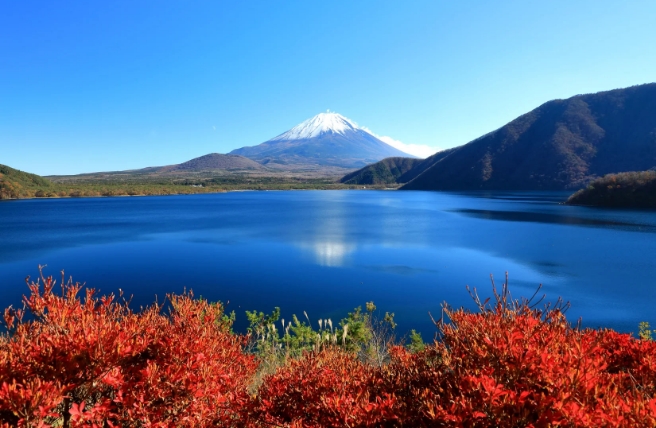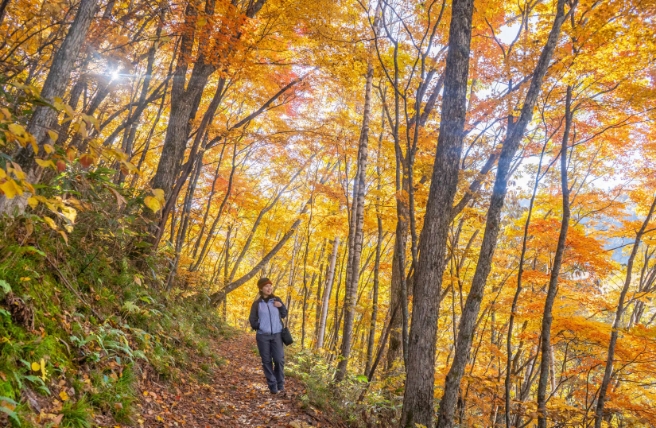Where ancient history, mythology and fascinating geological phenomena meet
Daisen-Oki National Park, located in the San’in region of western Honshu, is a land of dramatic natural scenery and rich biodiversity with deep underlying historical, cultural and spiritual roots. The park spans the three prefectures of Tottori, Shimane and Okayama, and is divided into four areas: the Mt. Daisen and Hiruzen area, the Oki Islands area, the Shimane Peninsula area, and the Mt. Sanbe area.

Land and Mythology
The park’s remarkable geologic history dates back 26 million years, to the time when the Japanese archipelago first separated from the Asian mainland. Periods of volcanic eruptions and lava flows, the uplifting and sinking of areas of land, sea level rise and erosion created the varying landscapes of Daisen-Oki National Park. Today the areas of the park are characterized by steep mountains, wide plains, coastlines, and islands characterized by sheer cliffs, sea caves and deep inlets. Vegetation in much of the park is dominated by natural forests and grasslands, and the region boasts a great diversity of trees, alpine wildflowers, and grasses. It is an excellent habitat for a wide variety of insects, fish and birds. The sparkling creeks in the park are inhabited by endangered Japanese giant salamanders, one of the largest amphibians in the world, reaching lengths of up to one and a half meters.
The Daisen-Oki National Park area is the setting for the myths of the Izumo Cycle, as related in the eighth-century “Kojiki” and “Nihonshoki” texts, Japan’s oldest chronicles. In addition, a wealth of local stories, such as the famous “Land-Pulling Myth,” have been preserved in the ancient text “Izumo no Kuni Fudoki,” completed in 733. The work records the political, cultural and spiritual life of the people of the region during the early eighth century.
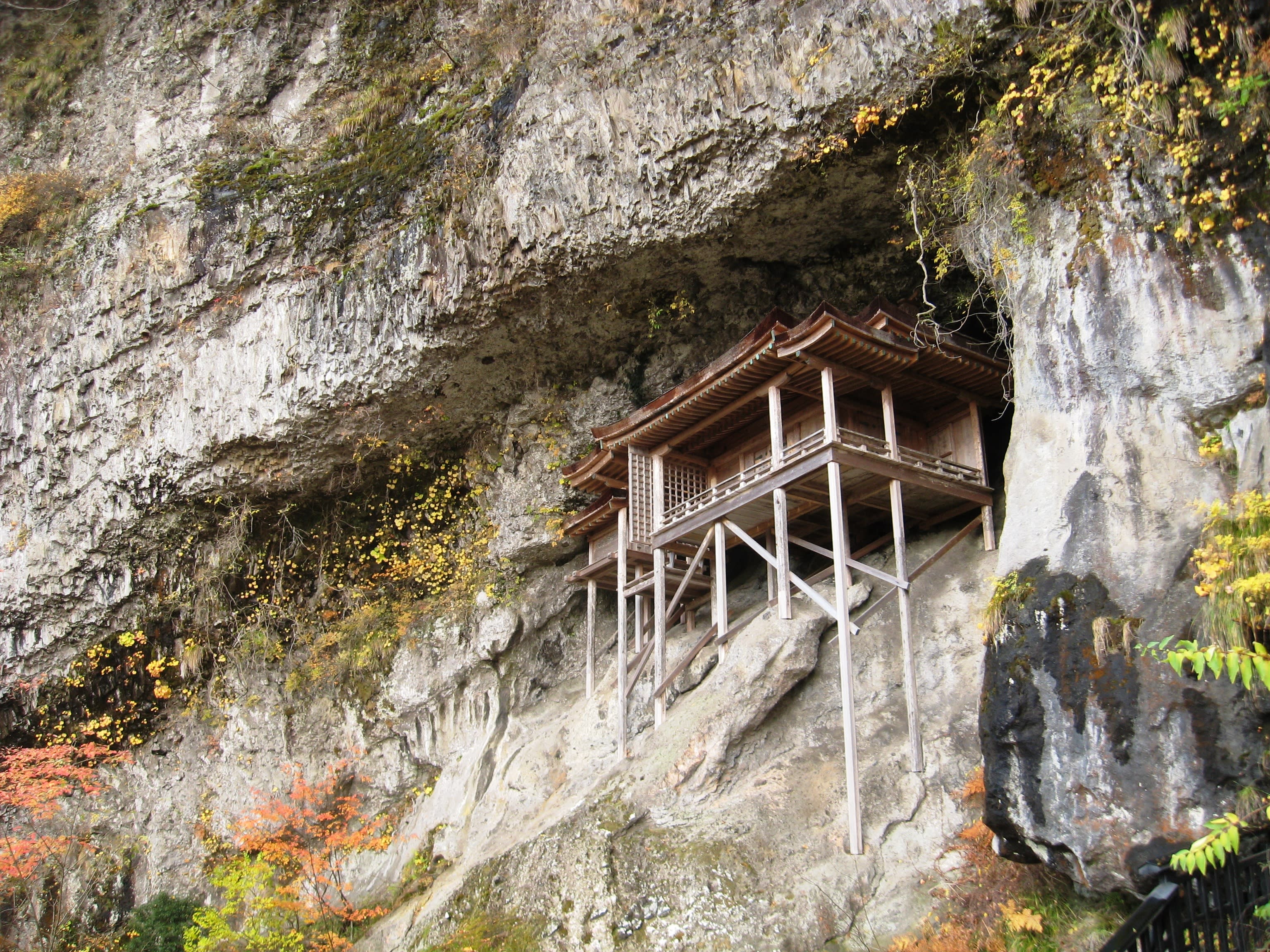
A Place of Pilgrimage
Since at least the seventh or eighth century the park’s mountains have been a major center for Shugendo, a Japanese spiritual tradition that combines elements of animism, Shinto beliefs and Buddhist precepts. Practitioners spent long periods in the mountains, fasting, praying and enduring hardships in order to enhance their spiritual powers. The custom of going on mountain pilgrimages later spread to the common people. Hikers in Daisen-Oki National Park today can walk the same historic trails and visit the same sacred spots as the pilgrims of the past. The sacred status of the mountains through the centuries has helped to preserve the pristine ecological condition of the park’s forests and coastlines.
Visitors to Daisen-Oki National Park have a wide range of destinations and activities to choose from. In the eastern part of the park are Mt. Daisen, the highest peak in the region at 1729 m, Mt. Senjo and Mt. Mitoku—all sacred peaks with historical hiking trails that pass through old-growth beech forests dotted with small shrines and temples. Hikers on Mt. Daisen can choose to participate in grassroots nature conservation and restoration projects. In the winter, the mountain is covered in snow, providing excellent skiing and snowshoeing. The park’s mountain destinations combine dynamic volcanic scenery and rich biodiversity with unique opportunities to delve deep into Japan’s mythology, history and unique traditional nature-based spirituality.
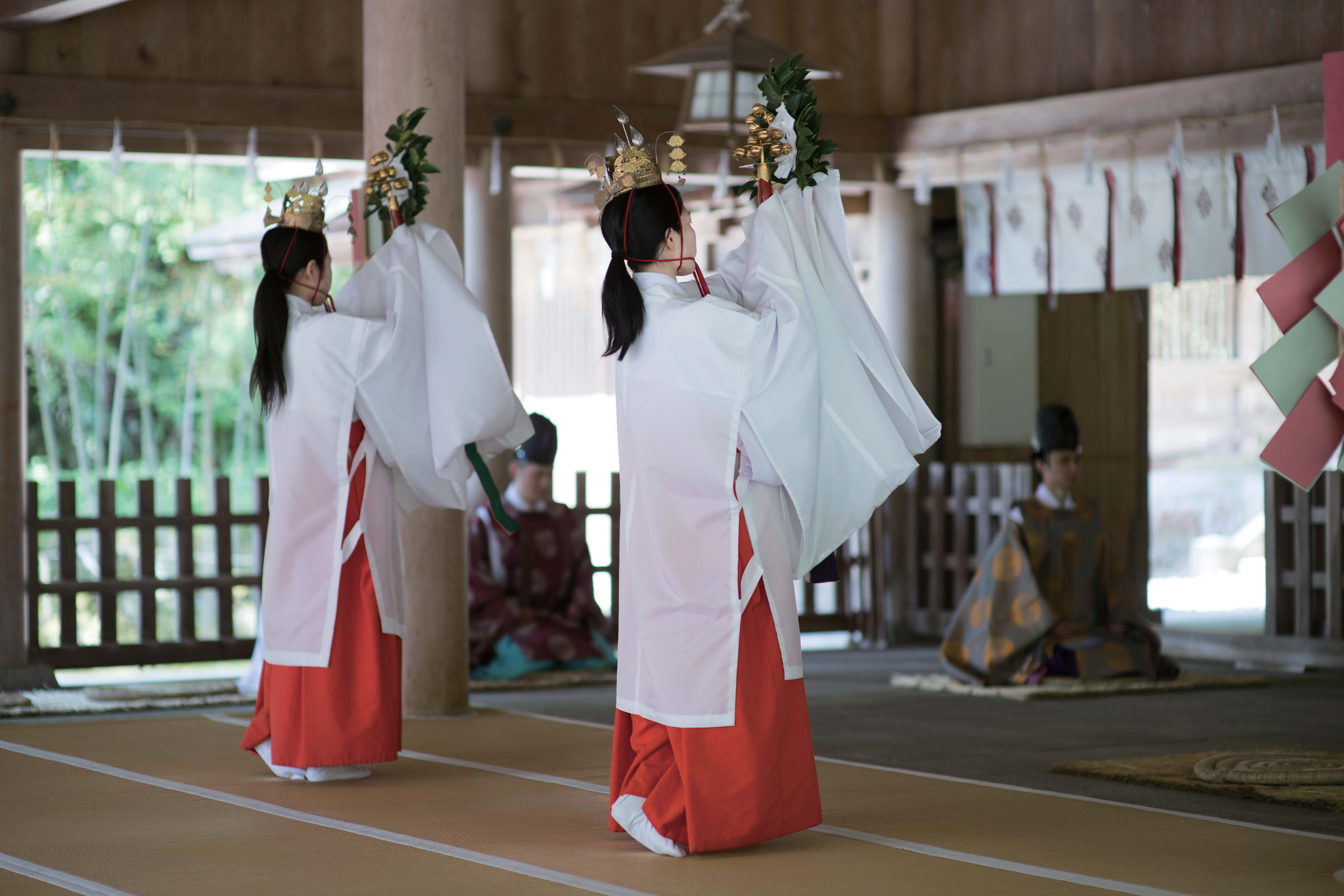
Where the Gods Convene
The Izumo Taisha, or Izumo Grand Shrine, is located in the western part of the park. Enshrined here is Okuninushi, the Shinto kami deity who ruled the San’in region. Near the shrine is a sandy beach where all of Japan’s Shinto deities come ashore once a year in autumn, during the 10th month of the yearly lunar calendar (usually November). Visitors during this season can witness the many ceremonies held in honor of these deities for the month they stay in Izumo. A visit to the Izumo Grand Shrine is also popular with Japanese people looking for a spouse. Close to the shrine are Hinomisaki Shrine and Miho Shrine in their beautiful coastal settings.

The Shimane Peninsula and Oki Islands—Spectacular Cliffs and Sea Caves
The Shimane Peninsula and the Oki Islands offer some of the most dramatic coastal scenery in all of Japan, including the iconic Red Cliff and Kaka no Kukedo Sea Caves, and the impressive Matengai Cliff, one of the highest in Japan. Tour boats take visitors along the shore and even into some of the larger sea caves, and sea kayaking and snorkeling are also popular summer activities. The Oki Islands’ spectacular coastal rock formations and diverse geologic strata have earned them designation as a UNESCO Global Geopark. These islands are home to the Oki salamander, a rare species found nowhere else. The park’s coastal waters are famous for fishing and fish watching. Fumishima Island, off the western tip of the Shimane Peninsula, is home to a large colony of black-tailed gulls.

The Sanbe Area
Located in the western end of the park, Mt. Sanbe is a dormant volcano covered by wide grasslands and is dotted with numerous hot spring resorts. This mountain is intimately connected to the “Land-Pulling Myth,” which tells a tale of how the Shimane Peninsula was formed. There is an ancient forest miraculously preserved underground, still standing just as it was when buried during the mountain’s last eruption about 4,000 years ago.
Adjacent to the park are Nakaumi and Shinjiko, large shallow brackish lakes famous for clams and migratory waterfowl. Both lakes are registered as Ramsar Wetlands of International Importance. The historic castle town of Matsue is famous as a center for Japan’s tea ceremony culture. Matsue Castle, a National Treasure, is one of only 12 castles in Japan that retain their original keeps.

